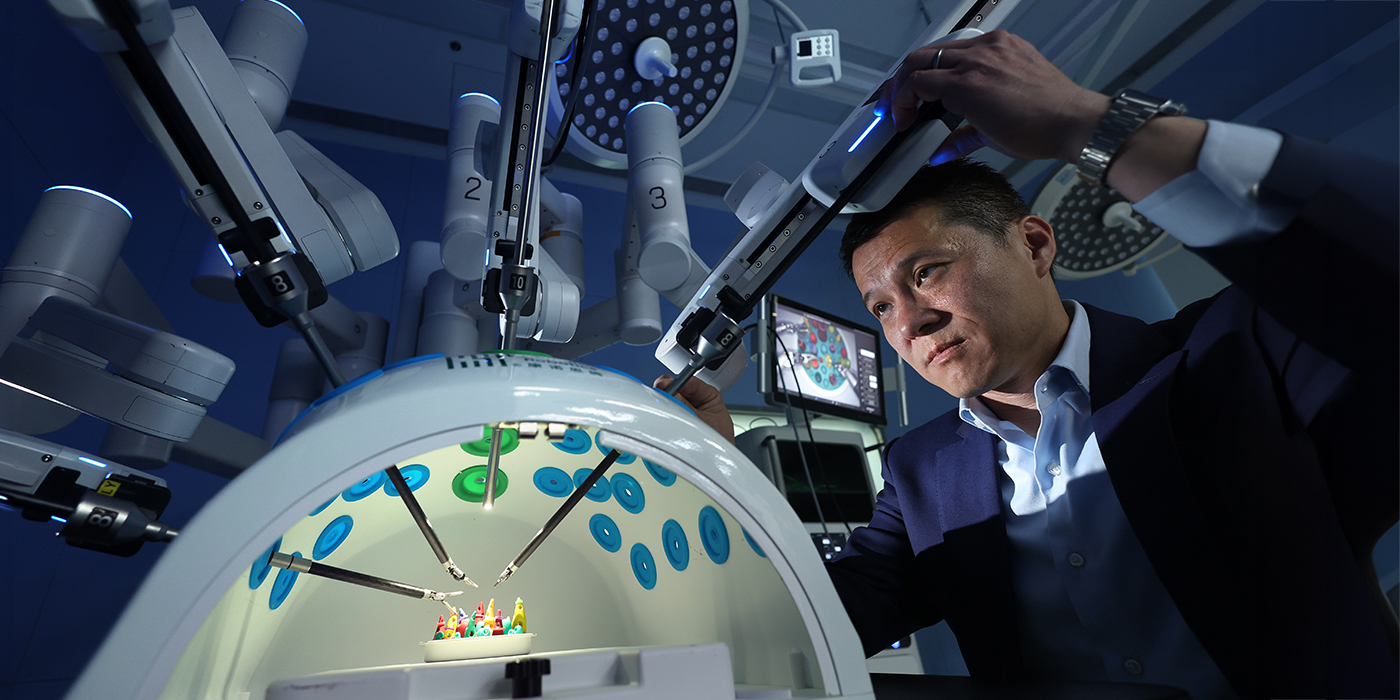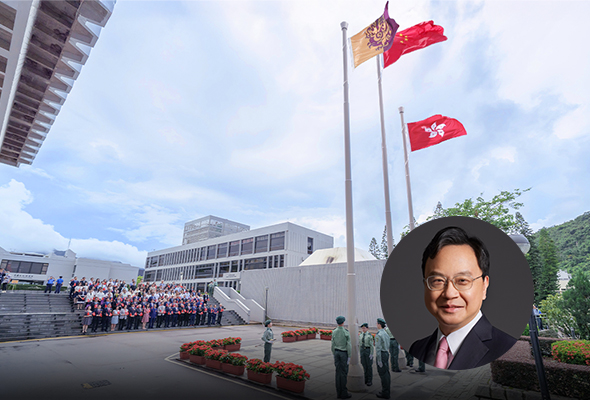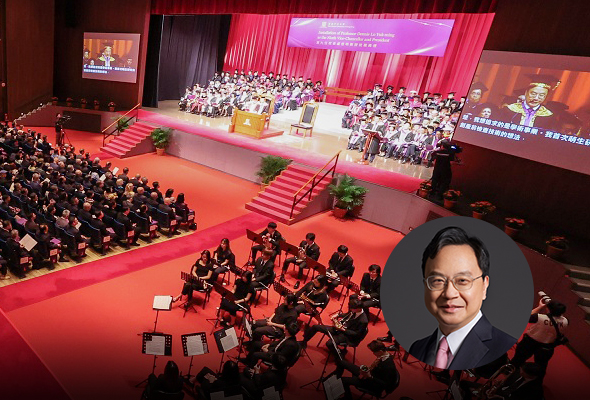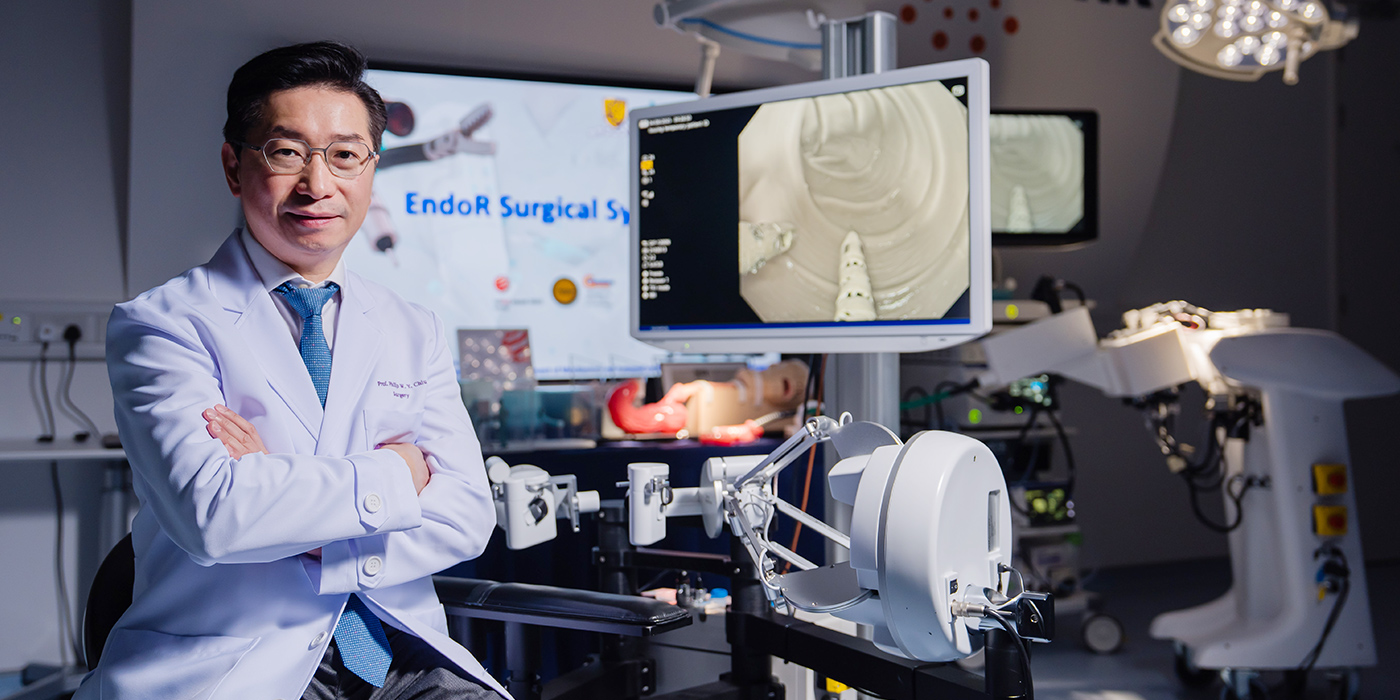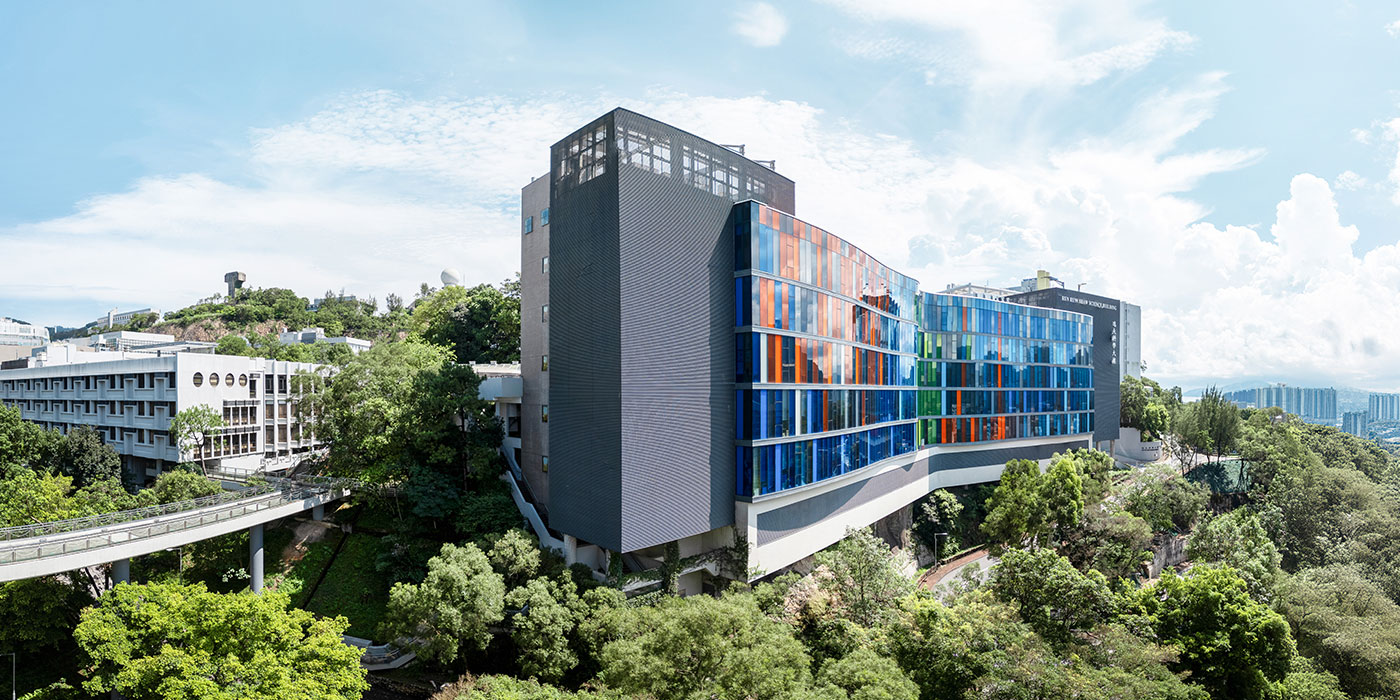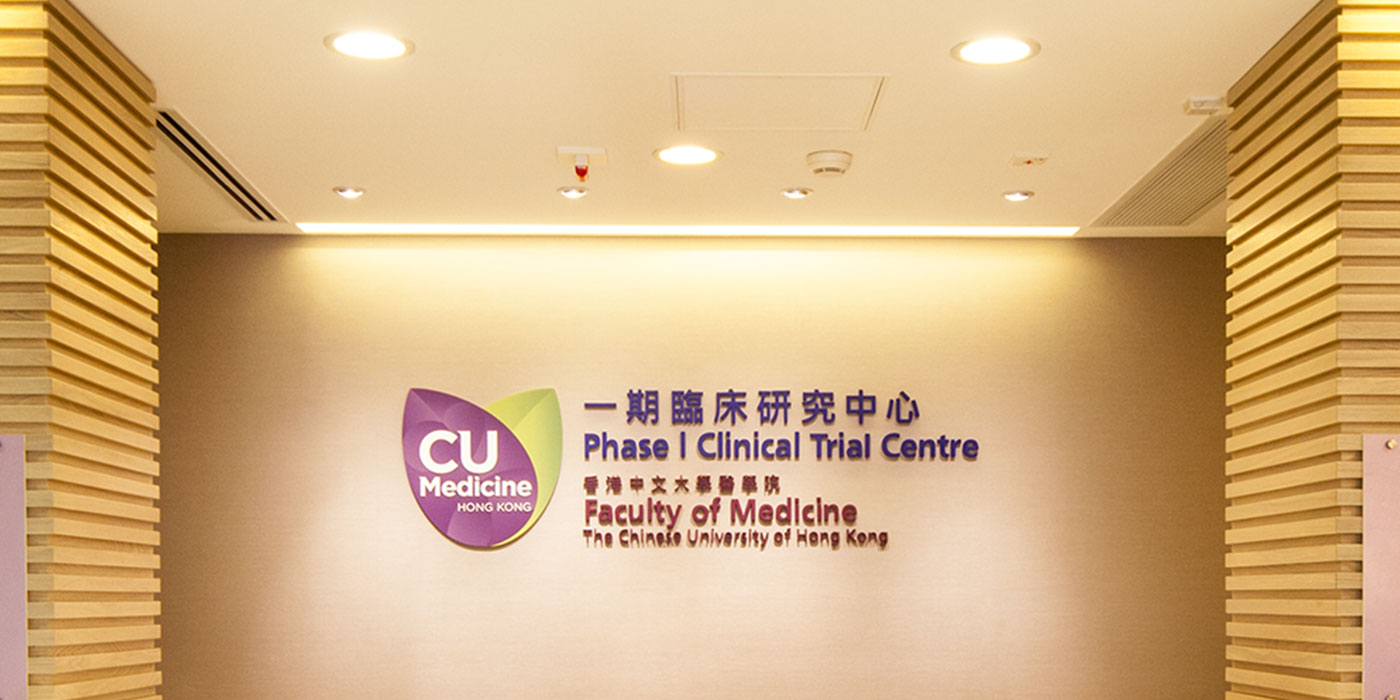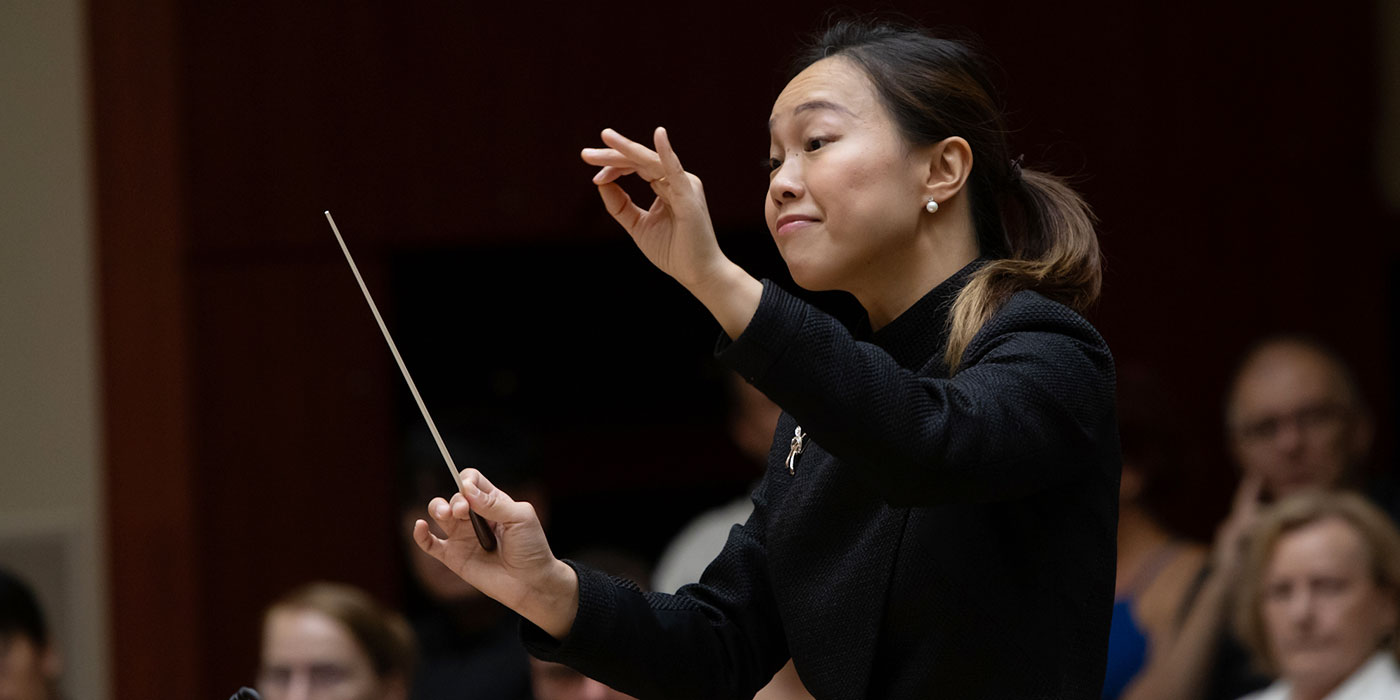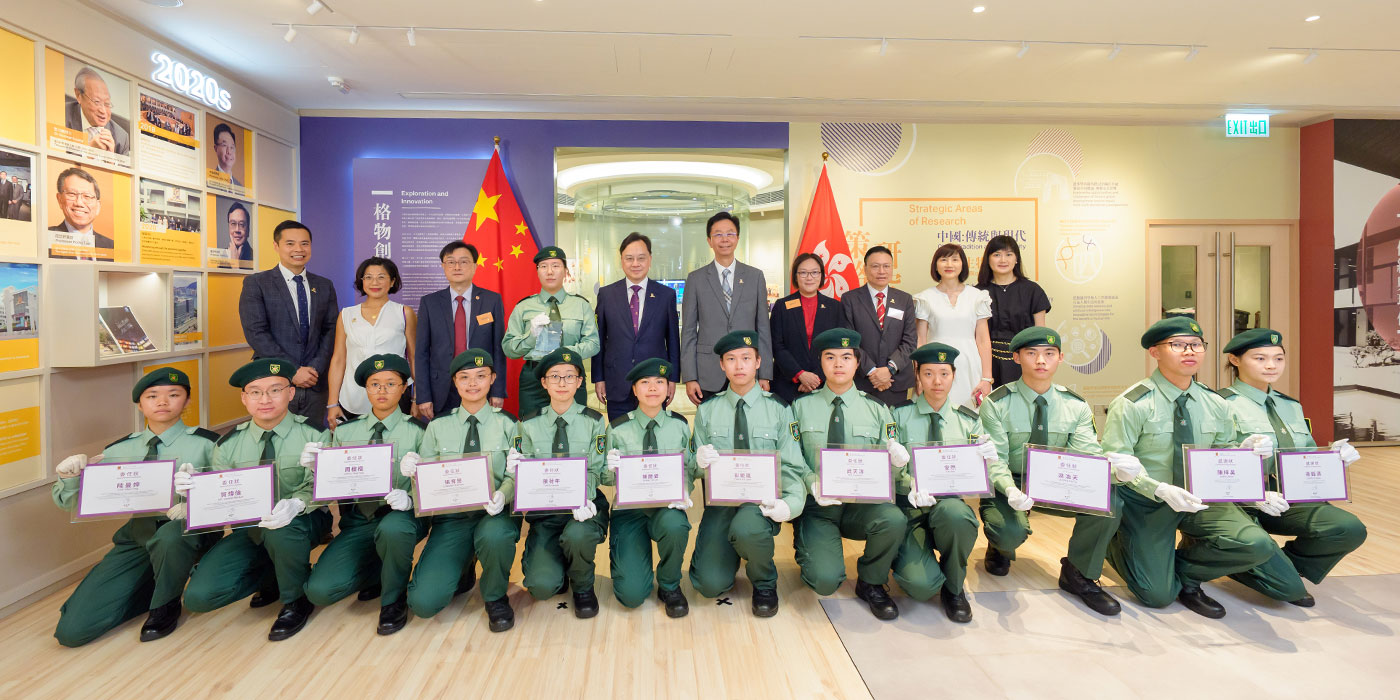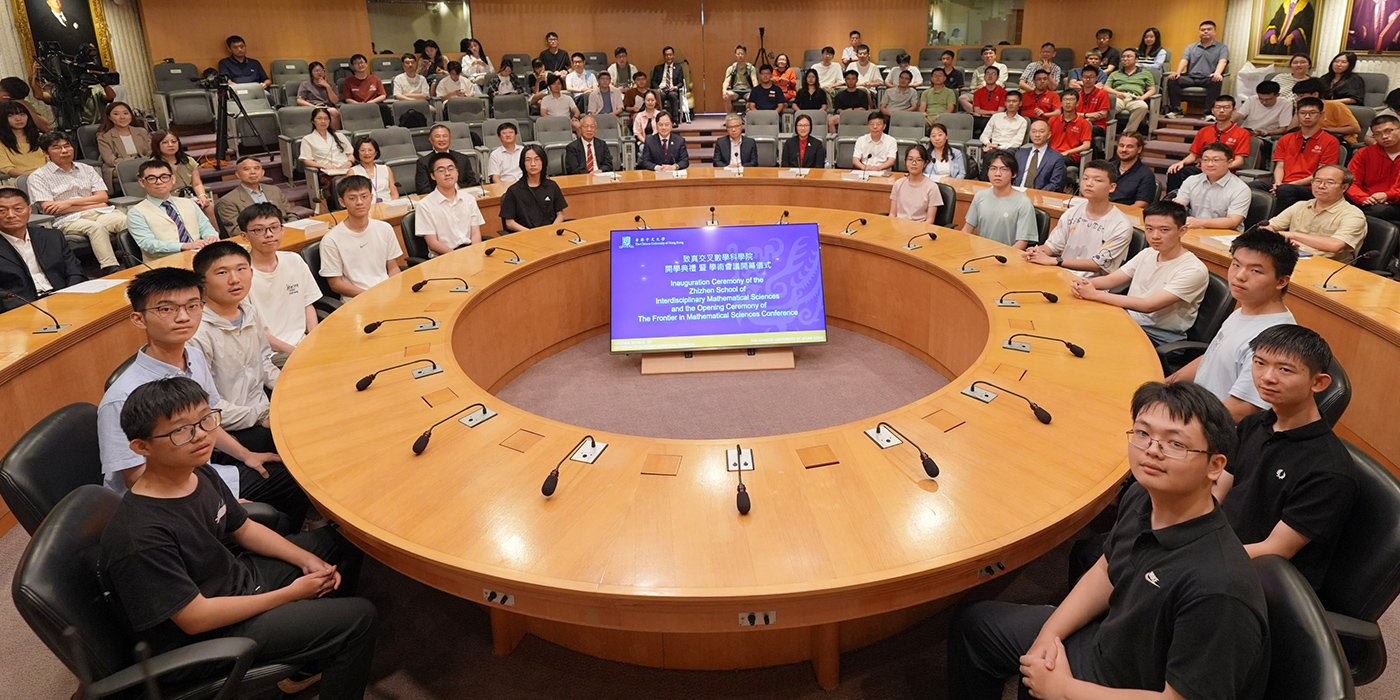Building a network of surgical robots
Engineer Samuel Au powers the future of healthcare with cutting-edge technology
This is part five of our series in CUHK In Focus, where we talk to principal investigators of the seven CUHK projects chosen for the Hong Kong government’s Research, Academic and Industry Sectors One-plus (RAISe+) Scheme. It provides up to HK$100 million to each approved project, and strives to help local universities commercialise their research outcomes.
Mechanical and Automation Engineering Professor Samuel Au Kwok-wai has been passionate about robotics since childhood, and is particularly fascinated by moveable structures. In 2019, he established Cornerstone Robotics, a local unicorn startup that works to realise his dream of benefiting patients with surgical robots. To maximise his research’s impact, he submitted a project proposal to the steering committee of the Hong Kong government’s Research, Academic and Industry Sectors One-plus (RAISe+) Scheme this year. The project, an Accessible Surgical Robotic System, aims to incubate a safe, affordable, effective surgical robotic platform for better patient care in Hong Kong, the mainland and the rest of the world.
Professor Au is a founding team member of the da Vinci Single-Site surgical platform and the da Vinci ION platform, who has spent almost two decades in the medical robotics industry. Talking about his participation in the RAISe+ Scheme, he said: “Funding from the government provides great support for our project, helping us bring high-quality surgical robotic platform from Hong Kong to the world.”
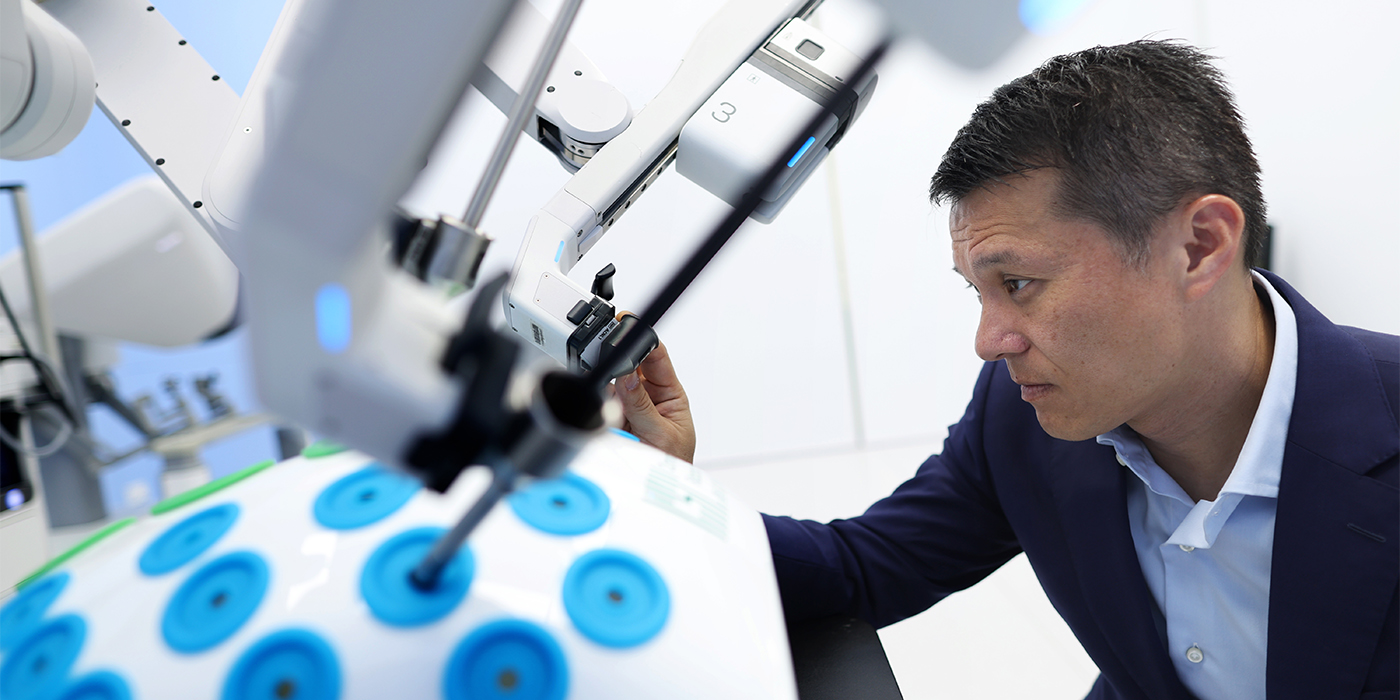
Professor Au also leads a team of top-notch experts at Cornerstone Robotics, who invented the Sentire Endoscopic Surgical System, the most complicated such platform developed in Hong Kong. This multi-port laparoscopic surgical robot is able to perform a 540-degree spatial rotation, which allows surgeons to overcome physical limitations. Surgical procedures can be performed in a safer, more efficient, standardised manner. “The endoscope acts as the eyes of surgeons,” he explains. “The surgical system enables operations to be performed with precision and dexterity. Its tremor filtration and motion control capabilities allow surgeons to perform complex procedures in confined spaces.”
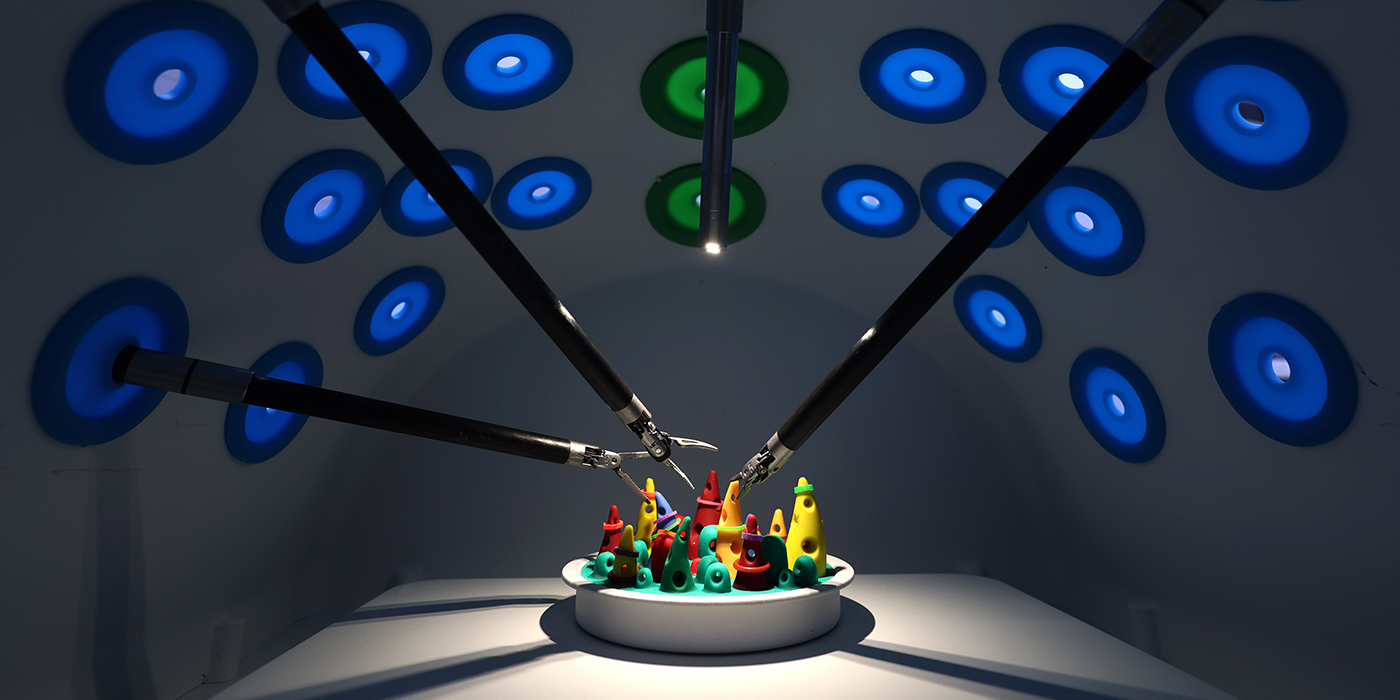
Building a network of surgical robots
Professor Au believes that it is important for scientists to stay abreast of the technological landscape, and the RAISe+ Scheme provides an effective platform to commercialise research outcomes and enhance the capabilities of surgical robots. One of the team’s plans is to overcome geographical barriers in healthcare procedures.
He explains: “We hope to build a comprehensive network that connects different surgical robots, so that surgery can be performed without geographical constraints. For instance, a surgeon in Shatin can perform surgery on a patient who is on Lantau Island.”
Professor Au is confident that robot-assisted surgery can help with patients’ wound healing and overall recovery. It also shortens operation duration and avoids unnecessary damage to the patient’s body. “This project is a good collaboration example between our startup and InnoHK’s Multi-scale Medical Robotics Center (MRC). Medical and engineering experts work together toward a common goal: to develop a safe and effective robotic platform to make robotic surgery accessible and cost-effective for more patients worldwide,” he says. To date the surgical robot has successfully been used on more than 180 human cases in various specialties such as urology, gynaecology, and general and thoracic surgery.
A perfect fusion of precise technology and artificial intelligence
“While medical and engineering technology are advancing rapidly, we should avoid being complacent,” says Professor Au. With the rise of AI, the team is eager to combine the technology with surgical robots, which will assist surgeons in making the most appropriate judgements during the precise, complex surgeries. “The robot’s precision and surgeon’s critical thinking work together to produce the best outcome.”
“To me, robots are surgeons’ inseparable work partners, which act like the co-pilot on a plane. We hope to gradually incorporate AI technology into robotic systems so they can cooperate with surgeons seamlessly.”
“It is not easy to turn doctors’ ideas into reality,” says Professor Au. The team puts safety as their utmost priority and is committed to ensuring that the surgical system is reliable and stable in every surgery.
The professor recalls how complex the invention process was, requiring advanced technology to be employed while maintaining safety and stability. He believes that establishing a startup which gathers a team of 400 experts is necessary to address such a complex system integration problem. “Our Sentire surgical system has over 13,000 components; that’s more complicated than an electric vehicle (EV) in terms of actuation and control, where an EV has about 10,000 parts for actuation and control. The Sentire system adopted the full vertical system integration approach where we custom-design most of our actuators, gearboxes, motor controllers, sensors, printed circuit boards, imaging system, and operating system.”
Sentire has passed all clinical trials and is ready for operation. “We are a local startup and hope that Hong Kong patients can benefit from the most advanced technology that is safe and affordable,” says Professor Au. The team is also eager to create a greater influence by bringing this ground-breaking technological invention to the world.
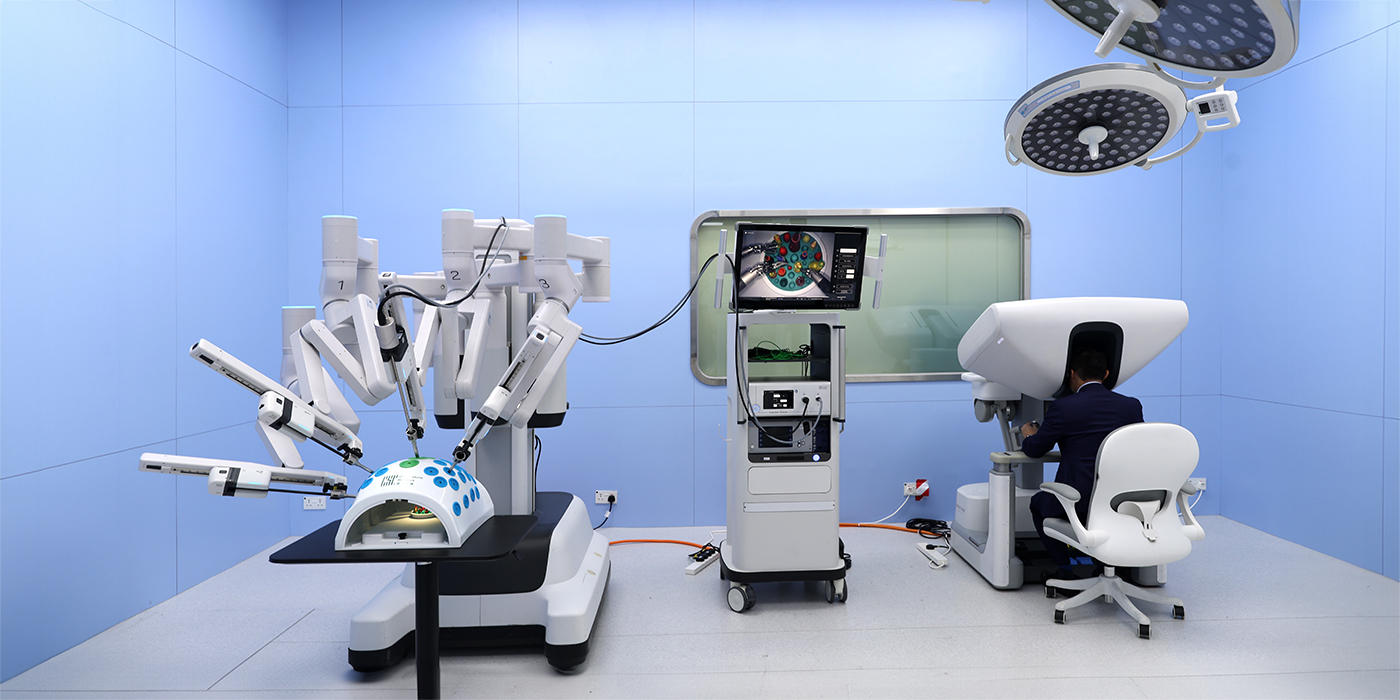
Shaping the future
Professor Au and his team have recently received the National Medical Products Administration (NMPA) registration approval for the usage of Sentire for operation in Mainland and Hong Kong. This is the first time, a Hong Kong developed medical robot has received such an approval. They have also applied for the European certification for Sentire, aiming to open the door to the future of healthcare. He hopes that surgical robots can tackle the shortfall in surgeons and help to standardise surgical procedures.
“There are approximately 20,000 hospitals on the mainland, and the number of times surgery is performed annually reaches 40 million, equivalent to the total of the United States and Europe combined,” he says, making it particularly important to standardise surgical procedures, so that more surgeons can be trained and more patients served.
The engineer has one great ambition. “My dream is for every hospital to have a surgical robot platform developed by us,” he says. “I am proud to bring Hong Kong’s finest products and technologies to the world.”
By Gillian Cheng
Photos by D. Lee
- Samuel Au powers the future of healthcare with cutting-edge technology
- Barbara Chan endeavours to use tissue engineering to heal patients
- Lam Hon-ming pioneers sustainable agriculture through soybean research
- Liu Yun-hui drives robots with 3D-vision
- Tsang Hon-ki on moving from lab to market
- Raymond Yeung innovates in network technology for a smarter future
- Engineer Zhao Ni’s journey towards wearable medical devices for all

